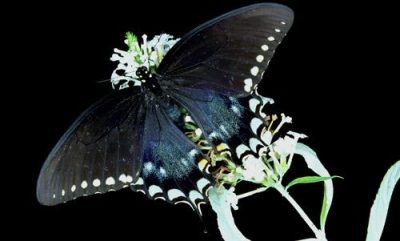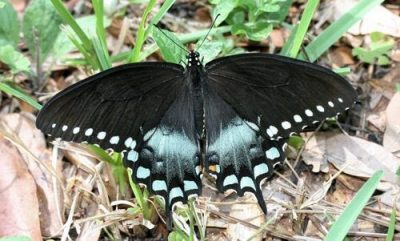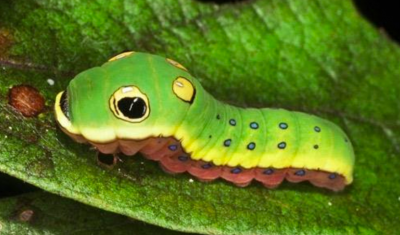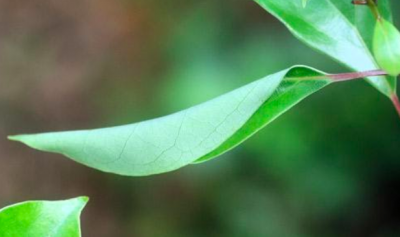The spicebush swallowtail butterfly, Papilio troilus is a beautiful and interesting swallowtail.
It is typically found in the eastern half of the United States from southern Canada to southern Florida and west to Texas.
The upper surface of the forewings is black with marginal and sub-marginal rows of light yellow spots. The upper surfaces of the hind wings have rows of light green spots. Middle areas of the hind wings are tinged with blue in females and blue-green to green in males The undersides of the hind wings have marginal pale green spots and marginal rows of bright orange spots separated by black and blue patches.

Adult female spicebush swallowtail. Photograph by Jerry F. Butler, University of Florida

Adult male spicebush swallowtail. Photograph by Jerry F. Butler, University of Florida.
Spicebush swallowtail butterflies typically stay close to wooded areas and close to the ground. They can also be found in woodland areas, swamps, stream banks, and residential gardens. They produce two to three generations in a typical season.
Fully grown (fifth instar larvae) caterpillars are up to 2” long. They are green with a pale yellow lateral line edged in black. Their abdominal segments have blue dots ringed with black. They have a pair of large tan false eyespots containing a large black “pupil” with a false white “reflection”. This adaptive coloration helps them mimic green snakes, tree frogs or lizards which protects them from predators. The caterpillars also hide in leaf shelters during the day and come out at night to feed.

Fifth instar larva of the spicebush swallowtail, Photograph by Jerry F. Butler, University of Florida.

Leaf shelter made by the fifth instar larva
Larval host plants: Spicebush swallowtail caterpillars are believed to feed only on plants in the Lauraceae family. Red bay (Persea borbonia), swamp bay (Persea palustris), sassafras (Sassafras albidum), spicebush (Lindera benzoin), and southern spicebush (Lindera melissifolia) are documented hosts for the larvae/caterpillars.
Nectar host plants: Many plants serve as valuable nectar sources for butterflies and whenever possible, native species should be planted. The long proboscis of spicebush swallowtail adults allows them to feed on tubular flowers that are not accessible to many butterflies. They’ve been seen feeding on Japanese honeysuckle, jewelweed, thistles, milkweed, lantana, and sweet pepperbush.
Article by Lynn Keller, VMD